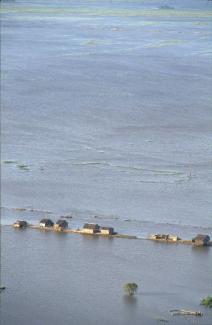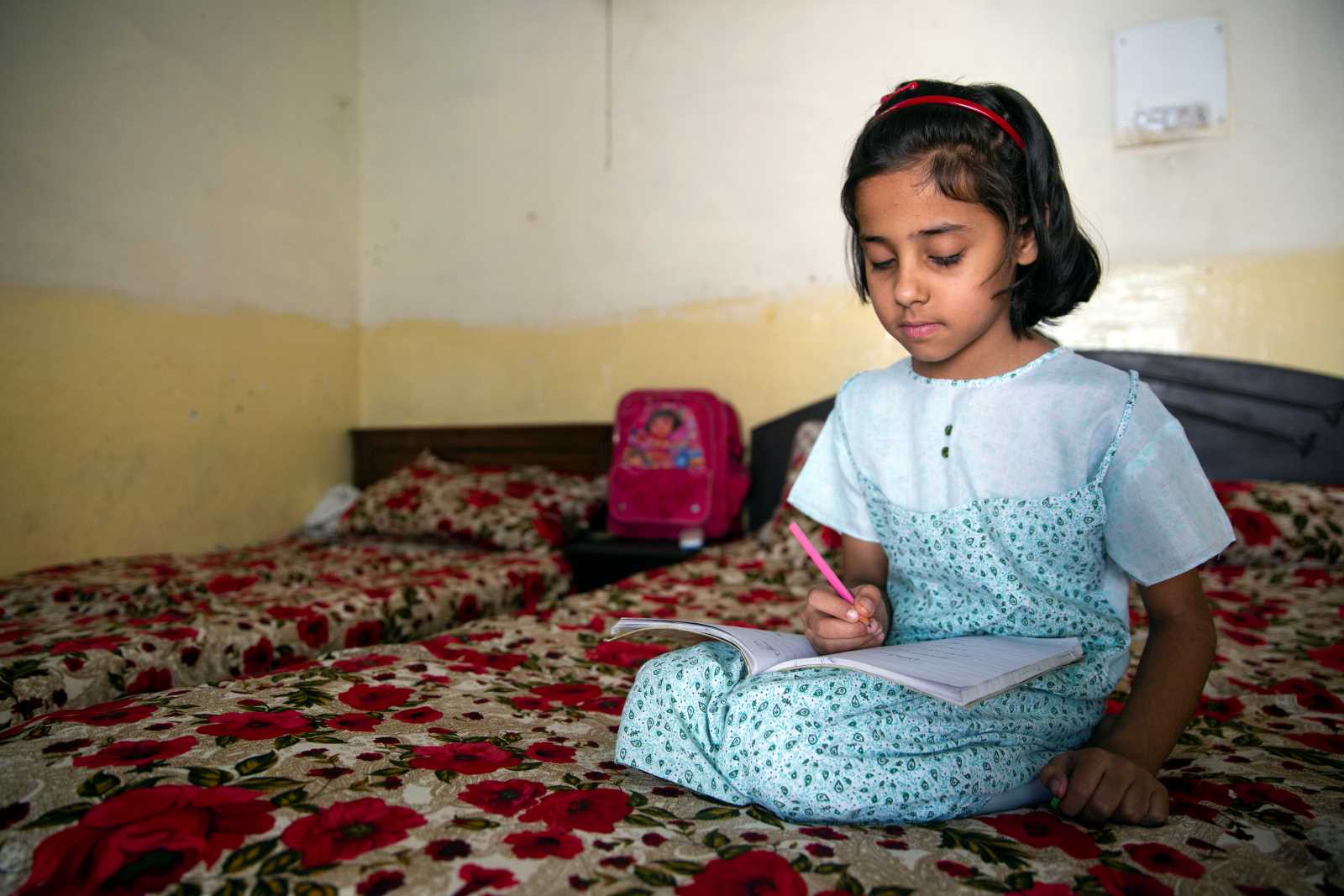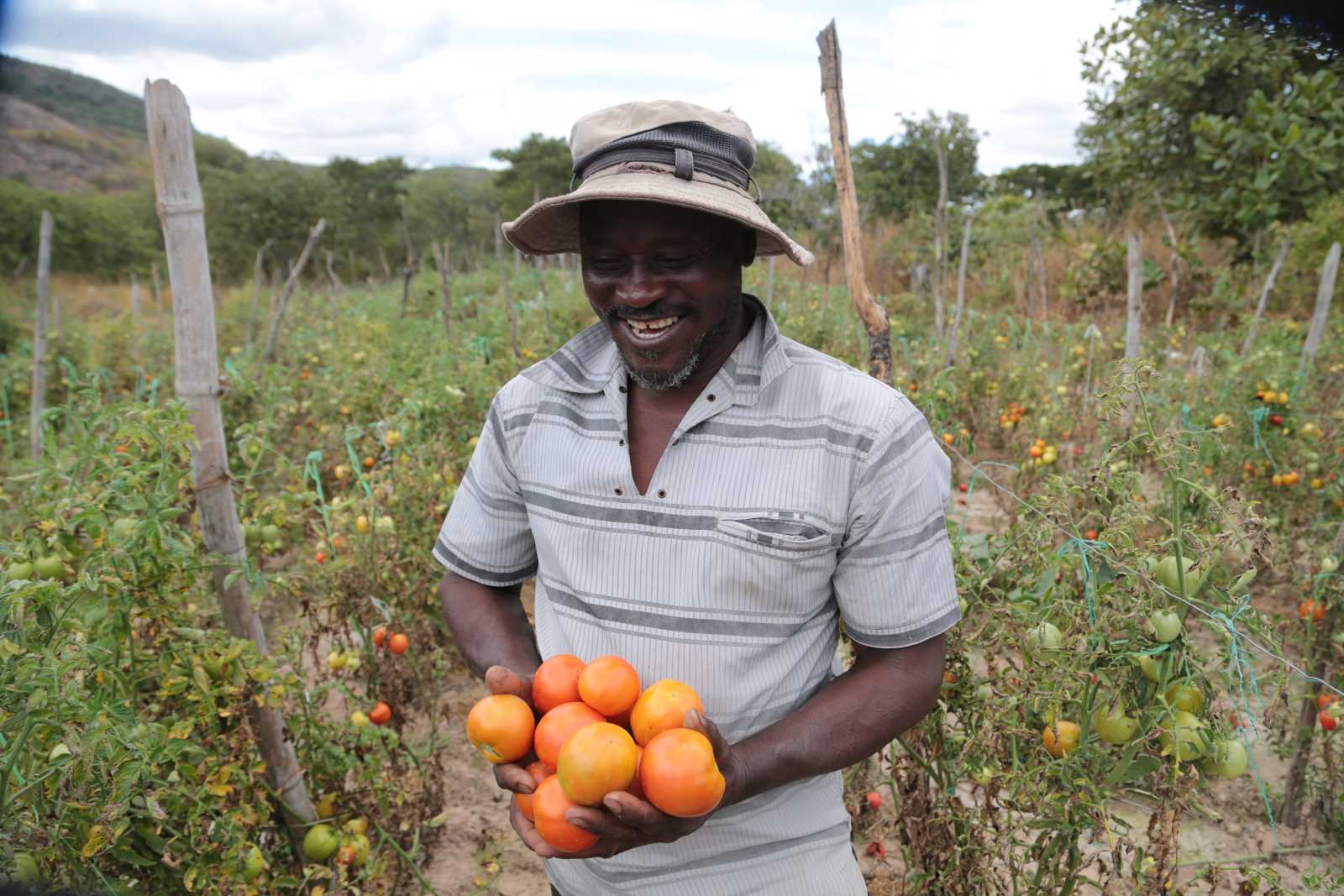Climate change
Devastating consequences

”The global climate crisis is arguably the biggest challenge human civilisation faces in the 21st century, with the Asia and Pacific region at the heart of it all,” argues Bambang Susantono, the ADB vice-president for knowledge management and sustainable development. “Home to two-thirds of the world’s poor and regarded as one of the most vulnerable regions to climate change, countries in Asia and the Pacific are at the highest risk of plummeting into deeper poverty – and disaster – if mitigation and adaptation efforts are not quickly and strongly implemented.”
Climate change has consequences including sea-level rise, stronger storms, changing rainfall patterns and dwindling glaciers. The landmass of small island states in the Pacific is being eroded by the rising sea level. After all, they consist of atolls that are hardly above sea level, so these countries are likely to cease to exist. Their people would become climate-change refugees, without hope of ever returning home.
Six to eight degrees warmer
But even in Asia’s biggest and most developed countries, unmitigated climate change will lead to severe setbacks and economic decline. According to a recently published report by the ADB and PIK, business as usual would mean a six degree rise of average temperatures over the Asian continent by the end of this century, and some countries could experience even “significantly hotter climates”. Temperatures in Tajikistan, Afghanistan, Pakistan and the north-western part of China may even rise by eight degrees.
In the business-as-usual scenario, moreover, annual precipitation is expected to increase by up to 50 % over most land areas in the region. Accordingly, there would be more and worse floods. Countries like Pakistan and Afghanistan, however, may experience a decline in rainfall by 20 to 50 %, with the implication of droughts.
The authors warn of “drastic changes in the region’s weather system, agriculture and fisheries sectors, land and marine biodiversity, domestic and regional security, trade, urban development, migration, and health”. Mitigation and adaptation are needed, as business as usual would pose an “existential threat to some countries” and “crush any hope of achieving sustainable and inclusive development”.
Health impacts are important too. Based on statistics provided by the World Health Organization, the authors show that the death toll related to vector-borne diseases such as malaria and dengue is rising.
Forced migration
Generally, two categories of climate impacts can be identified as migration triggers: slow-onset events (for example droughts and water stress) and sudden events (for example floods and storms). It is well known that natural disasters often force people to leave their homes. Slow-onset developments, however, lead to similar reactions. The researchers point out that “migratory responses to gradual climate change, such as desertification, salinisation and drying of soils, deserve more attention.”
One example the report gives is the Mekong Delta in Vietnam. With more than 18 million people, it is one of the most densely populated regions on earth. The fertile soil makes it ideal for rice planting. Over 50 % of Vietnam’s staple food is produced here, and so are 60 % of the country’s shrimps. However, salinisation of soils is a consequence of sea water pressing into aquifers and more evaporation due to greater heat. In addition, erratic rainfalls affect livelihoods. In the long term, sea level rise (SLR), tropical storms and flooding events could “aggravate the situation in the delta for people whose livelihoods are closely intertwined with the ecosystem,” the report states (also note Peters and Henckes in D+C/E+Z e-Paper 2017/04, p. 28, and print edition, p. 35).
Mass migration away from the area is to be expected, according to the researchers. In the past, disaster-related displacement in the Mekong Delta was largely linked to cases of unusually heavy precipitation. However, slow-onset developments matter too because they make the delta less fertile and inhabitable. Food production will suffer in other regions as well, as the report predicts: “In some countries of Southeast Asia, rice yields could decline by up to 50 % by 2100 if no adaptation efforts are made.”
Megacities at risk
The Asia and Pacific region includes some of the world’s largest urban agglomerations. According to the ADB-PIK publication, Asia accommodated 16 of humankind’s 28 megacities (with more than 10 million inhabitants) in 2014. Many important urban centres are “located within a short distance of the coast of the region”. Throughout the region, “coastal population growth is far higher than national growth,” the authors point out.
Low-lying coastal cities are especially exposed to the expected predicaments associated with climate change, including tropical cyclones and flooding. It is estimated that East Asia and South Asia will account for the lion’s share of projected coastal flood damage in 2050.
According to the ADB-PIK report, of the 20 cities that account for the worst annual flood damages worldwide, 13 are in Asia. They are:
- Guangzhou, Shenzhen, Tianjin, Zhanjiang and Xiamen in China;
- Mumbai, Chennai-Madras, Surat and Kolkata in India;
- Ho Chi Minh City in Vietnam;
- Jakarta in Indonesia;
- Bangkok in Thailand and
- Nagoya in Japan.
Nineteen of the 25 cities most exposed to a one-meter sea-level rise are located in the Asia-Pacific region; seven of them are in the Philippines alone. Indonesia, however, will be the country most hit in the region by coastal flooding, with approximately 5.9 million people expected to be affected every year until 2100.
Decisive action needed
On the upside, Asian nations depend less on agriculture than previously, according to the ADB and PIK, because economic diversification has made them more resilient. On the downside, increasingly integrated regional economic systems are vulnerable to disruptions in supply chains. As Asia’s industries are highly interlinked internationally, extreme weather events in one Asian country will have strong repercussions in others – as well as in the rest of the world. The experts warn that economic progress can be undone fast.
To mitigate the impact of climate change, the report highlights the importance of implementing the commitments of the Paris agreement: “The region has both the capacity and weight of influence to move towards sustainable development pathways, curb global emissions, and promote adaptation,” the report concludes. To support these efforts, the ADB approved a record $ 3.7 billion in climate finance in 2016 and is committed to further scaling up investments to $ 6 billion by 2020.
The outlook is thus not necessarily bleak. Hans Joachim Schellnhuber, who heads the PIK, says that “leading the clean industrial revolution will provide Asia with unprecedented economic opportunities.”
Links
Asian Development Bank: A region at risk. The human dimensions of climate change in Asia and the Pacific.
https://www.adb.org/sites/default/files/publication/325251/region-risk-climate-change.pdf
Potsdam Institute for Climate Impact Research (PIK):
https://www.pik-potsdam.de/















